Gallery
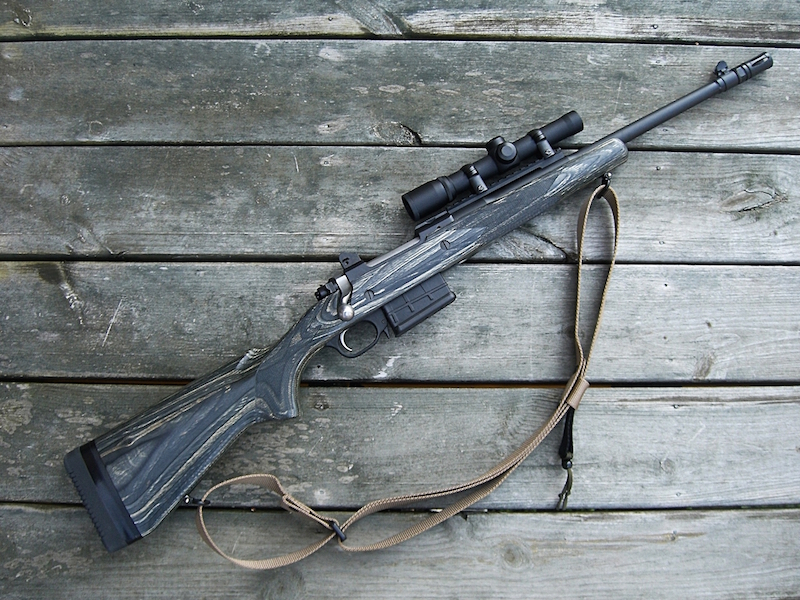
Liberty Tree Blog
1 of 1
Ruger Gunsite Scout Rifle
Ruger’s Gunsite Scout rifles use a Mauser-type action mated to a 16-inch cold-hammer-forged barrel that is free-floated for enhanced accuracy. It feeds from a 10-round detachable box magazine made from steel. Several models are available with various stocks and accessories. The length of pull can easily be adjusted with spacers.
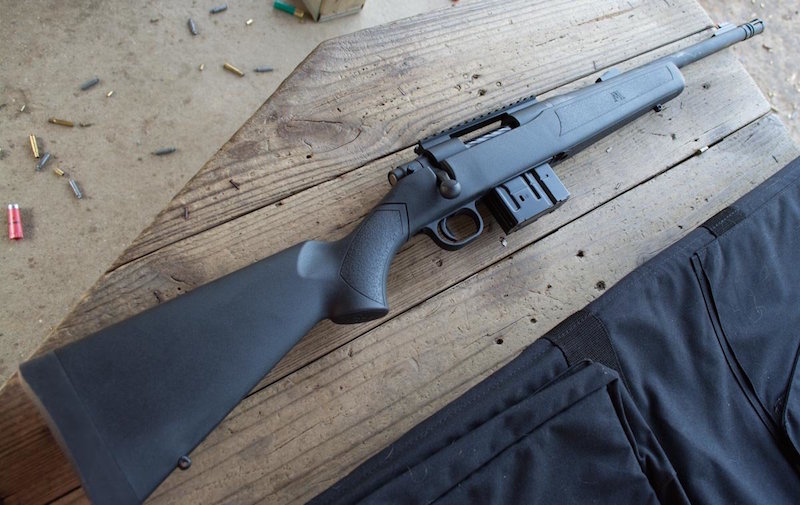
Mossberg
1 of 1
Mossberg MVP Scout
The 7.62mm MVP Scout features a unique drop-push bolt design that is compatible with both M1A- and AR-10-style magazines. Mossberg also offers this rifle as part of a combo package that includes a Vortex 2-7x32mm scope with extended eye relief. Features include a fiber-optic front sight, a ghost-ring rear sight and a long Picatinny rail that allows numerous scope-mounting options. The 16.25-inch barrel has a 1-in-10-inch twist rate.
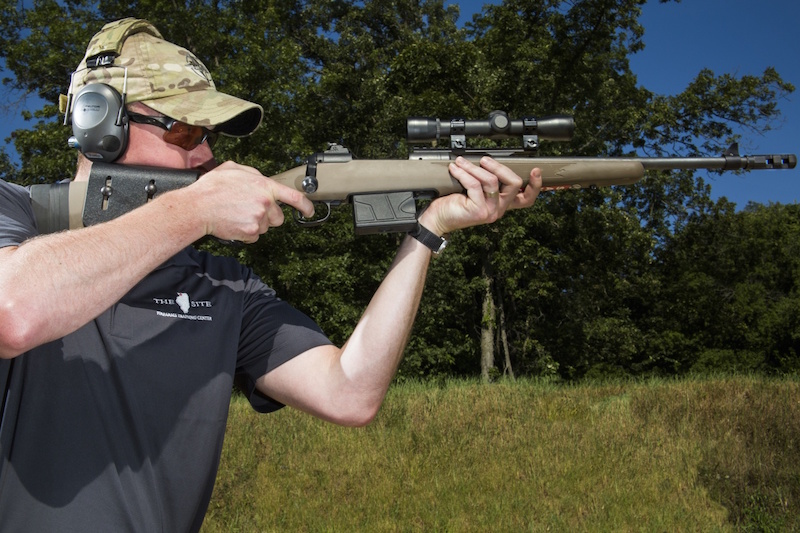
The Firearm Blog
1 of 1
Savage Model 11 Scout
Savage Arms took its short-action Model 11 and created a scout rifle with a detachable box magazine, a stock adjustable for length of pull and cheekweld, iron sights, a forward-mounted optics rail and a flash suppressor. The Model 11 Scout also includes Savage’s renowned Accu-Trigger and Accu-Stock system for consistent accuracy.
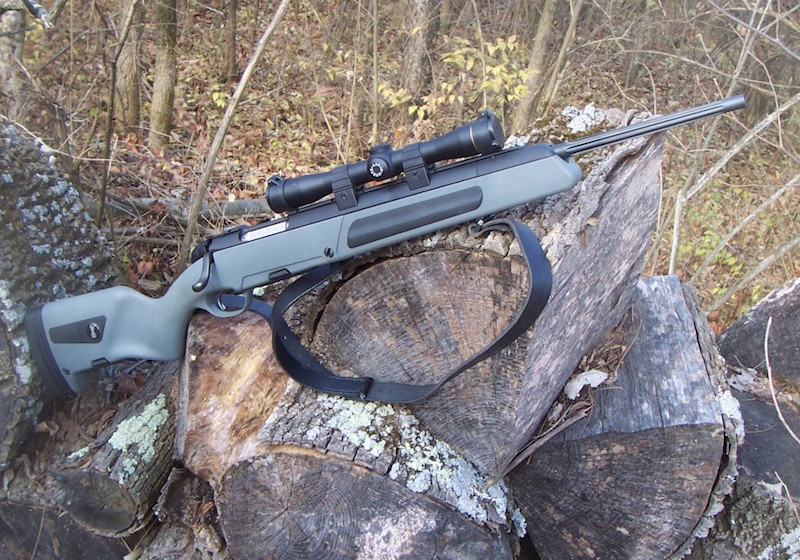
Soviet Steel
1 of 1
Steyr Scout
The Steyr Scout is Cooper’s idea of what a scout rifle should be: compact, lightweight and able to reach out to targets with a heavy projectile. At only 6.6 pounds, it is very lightweight. Features include a built-in bipod, an adjustable length of pull, spare magazine storage in the stock and flip-up backup sights. Several variants are avaliable, and the newest version has a camo finish.
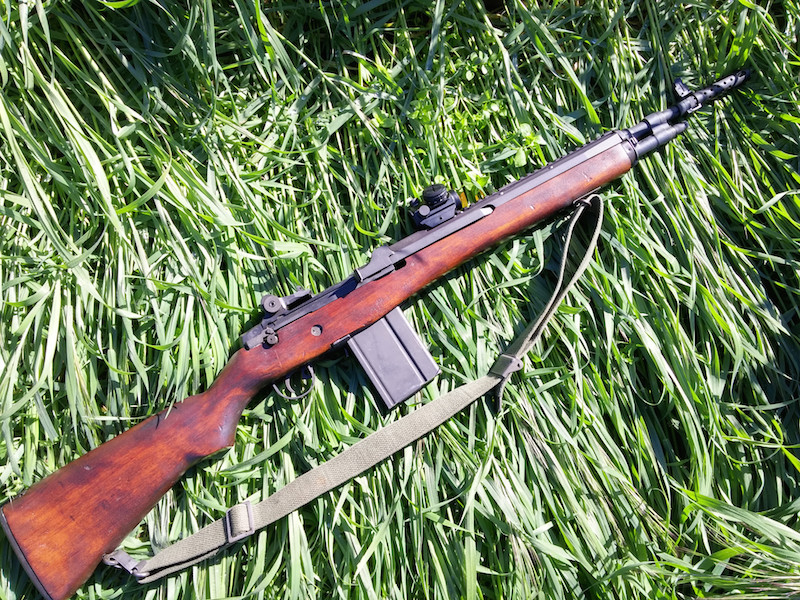
Reddit
1 of 1
Springfield M1A Scout Squad
While it doesn’t fit Jeff Cooper’s definition of a scout rifle to a "T," the semi-automatic M1A Scout Squad definitely takes some cues from the traditional scout rifle with its short 18-inch barrel and forward-mounted scope rail. Think of it as a combat rifle redesigned for fast handling in confined environments. It comes with all of the classic M1A features, including a Garand-style action, a detachable mag, a front blade sight and an aperture rear sight.

 (Graphic courtesy/NRA Publications)
(Graphic courtesy/NRA Publications)


 More Like This From Around The NRA
More Like This From Around The NRA



